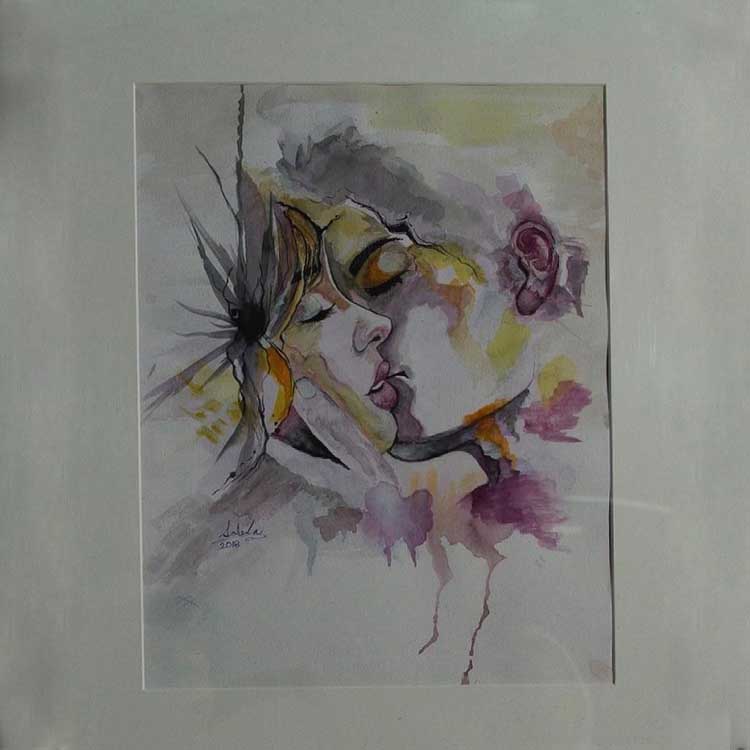In this article, we want to talk about What are the Different Values of Art? . Join us .
A first value we encounter is the historical value of contemporary art. This value is as important as it has been with any historical period. Art documents a specific moment in history. It is an integral part of our history and collective memory.
Further more, it is a complex expression of a historical way of thinking, a result of a specific world view of a specific era. Art is a direct result of a Zeitgeist. For instance, think of Modern Art as the embodiment of the Modernist conviction and belief in progress which was a characteristic aspect of the Modern era. Finally, contemporary art registers our documents the ‘happenings’ or events of our history.
For instance, the Feminist Art movement is a historical witness of feminism (cf. infra; Examples of the Importance of Art – How Can Art Influence our Lives?).

Up next, we have the socio-cultural value of art. Art is culture. Arguably, it is an amalgam of cultures. Furthermore, it is able to question culture and the direction it is heading. For instance, during the post-war era, people were left a bit alienated seeing the negative effects of capitalism and consumer culture.
As a result, artists reacted to this tendency with for instance the art movement of Capitalist Realism by Sigmar Polke and Gerhard Richter, among others. These reactions are very often socially motivated. Art and contemporary art strive for a better world. As a result, contemporary art has a very strong connection with social activism (cf. infra; Examples of the Importance of Art – How Can Art Influence our Lives)
From a political and/or ideological point of view, there is great value in contemporary art. As with the socio-cultural value of art, (contemporary) art is able to question a certain ideology or political climate.
Art is used as a tool for research, using its audience and form as an instrument to create awareness. As a result, a (social) debate follows as a state or society rethinks its political state or ideological beliefs (cf. infra; Examples of the Importance of Art – How Can Art Influence our Lives).

Further, there is the educational value of art. (Contemporary) art is a tool for self-development. As with other forms of cultural expression – such as film, literature or performing arts – it enables the individual to evolve as a person, expanding their view upon the world or even discovering or creating their own viewing point or vision upon a certain matter (cf. infra; Why is Art Important in an Educational Context?)
Although contemporary art has been freed of the so-called tyranny of estheticism, art still has an esthetic value in which we find the pleasure, amusement or joy. This value can take shape in the form of decoration or in the form of leisure or relaxation. In the case of the latter, we view art because we find it appealing and are interested in its qualities, ranging from its esthetic qualities up to its radical originality.




